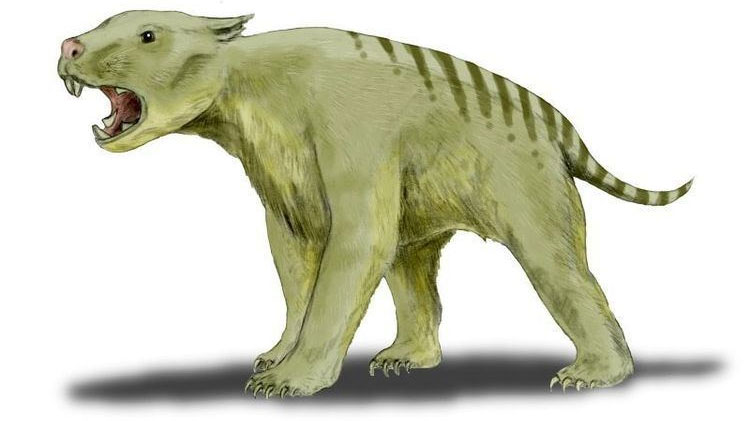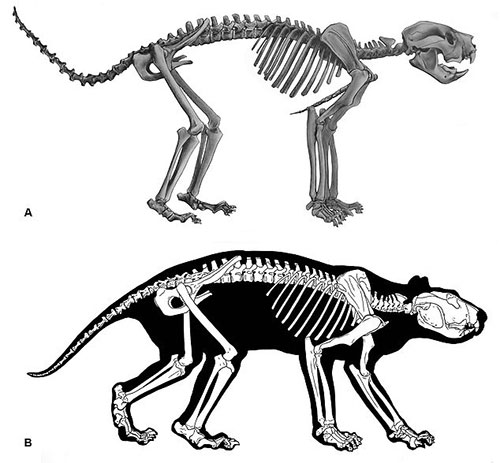For the first time, a complete reconstruction of the prehistoric lion lion skeleton was completed
The complete bone structure allows scientists to gain a deeper understanding of the behavior of the bag lion living in the Reformation.
Based on fossils found recently in Komatsu cave in Naracoorte town and Flight Star cave in the Nullarbor plains, south Australia, scientists have for the first time recreated the monk 's skeleton completely. Prehistoric baggage lived 2,000,000 - 46,000 years ago, Long Room on 12/12 reported.

Image of a species of lion lions.(Photo: Long Room).
The lion lions (Thyalacoleo carnifex) were first described in 1859, after they found their skull and jaw bone fragments in Lake Colongulac sediment in Victoria state, Australia. Decades later, researchers were constantly searching for fossils to perfect the bone structure of this marsupial.

Complete skeleton of mountain lion.(Photo: Long Room).
Despite its name as a lion, Thyalacoleo carnifex practically has no relatives with the lion. They are classified as Two front teeth like today's marsupials. Adults are an average of 71 cm long (excluding the tail) and weigh about 100 - 160kg. They are one of the largest carnivorous mammals living in Australia in the Reformation.
Complete skeleton analyzes have shown that the lion's body is not suitable for chasing prey. The backbone structure, clavicle and pelvis, as well as the characteristics of the limbs indicate that they are ambush-style predators. Mountain lions are also said to have proficient climbing skills.
- The pastor shows the face of a man who died 10,000 years ago
- New discovery of Au fossils. Sediba
- Detecting ancient bear fossils in Australia
- Discovered the skeleton of prehistoric women in Rome
- The oldest remains reveal the Native American origin in the Americas
- Stunned the face of the prehistoric girl 40,000 years ago was first made
- Rediscover the 6,500-year-old remains
- The newly discovered skeleton in Caistor made archaeologists confused
- The largest carnivorous mammal on land, dubbed the 'mobile meat grinder'
- Injecting birth control pills, still giving birth
- Recreate the face of a 4,000-year-old dog
- Rare discovery of prehistoric human bones
 Discovered an ancient centipede fossil 99 million years old
Discovered an ancient centipede fossil 99 million years old Discovered bat-like dinosaurs in China
Discovered bat-like dinosaurs in China Discovered a 200-year-old bronze cannon of the coast
Discovered a 200-year-old bronze cannon of the coast Discover 305 million-year-old spider fossils
Discover 305 million-year-old spider fossils